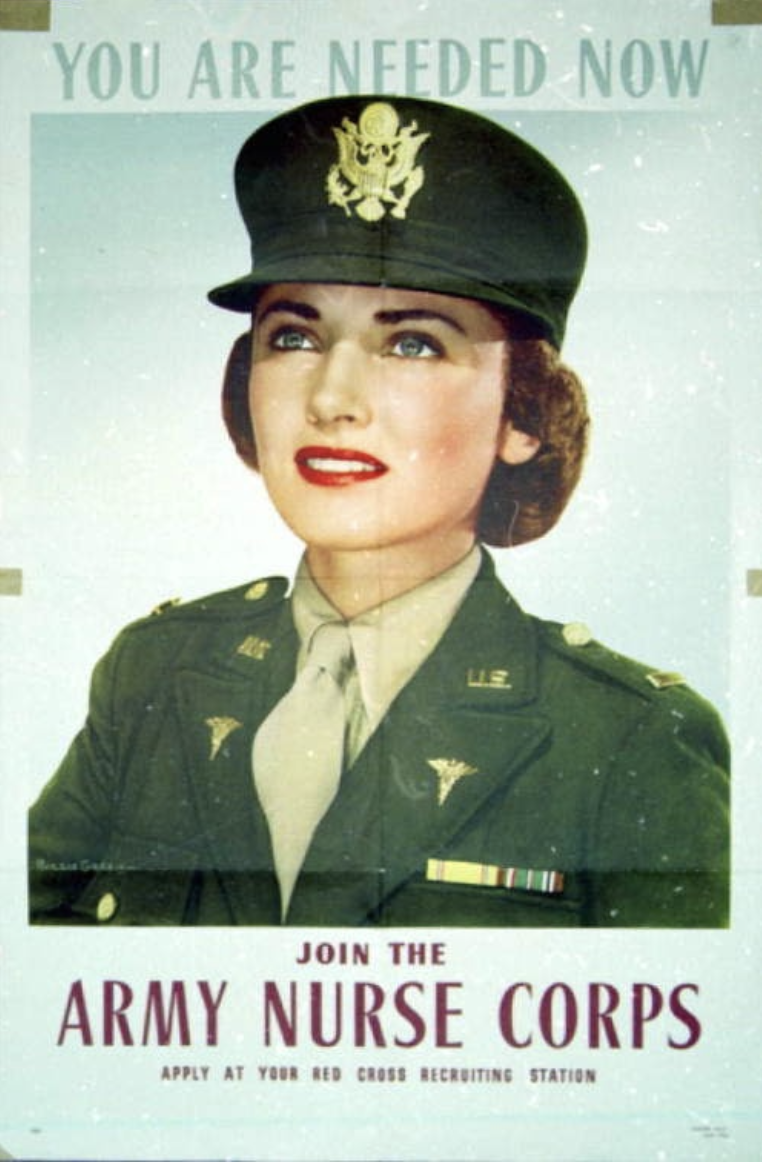
Wonderful Scientists Wednesday
Ruth Gardiner
This week we honor Memorial Day and the service people who gave their lives for our country. In particular, we would like to highlight Second Lieutenant, Ruth Gardiner of the United States Army Nurse Corps in World War II. Canada.
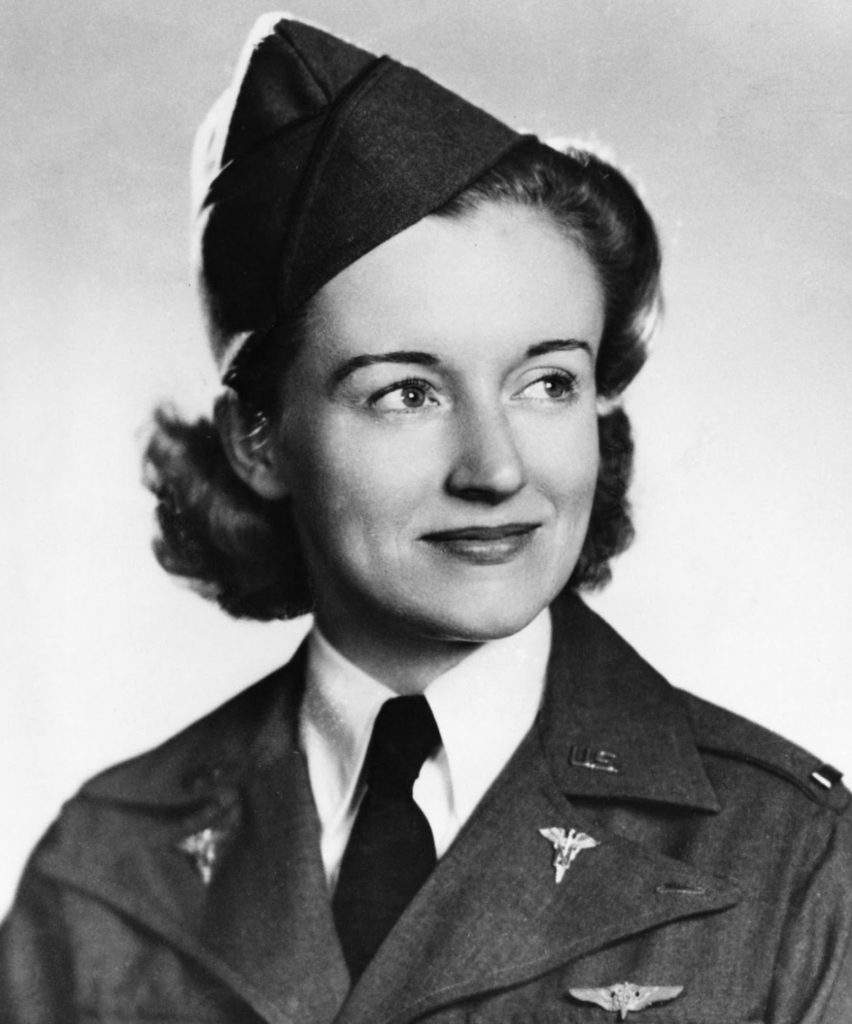
Ruth lost her life in the Aleutian Islands Campaign, a little-known battleground between the invading Axis power of Japan and the Allied forces of the United States and Canada.
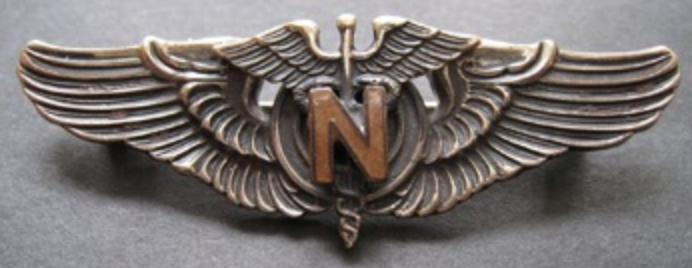
Ruth Gardiner is described as “devoted, understanding and efficient in her care of the sick.” While Ruth was a highly regarded graduate from the Army’s Training School for Nurses and she chose to serve the United States in World War II, Ruth was actually a native-born Canadian. At the tender age of three in 1917 she immigrated to the United States to live with her older sister in Indianapolis. In Indianapolis she attended Sacred Heart High School before graduating and attending the Training School for Nurses in White Haven, Pennsylvania. Before the War Ruth gained experience as a nurse at two New York hospitals: St. Agnes Hospital, St. Elizabeth Hospital, and later at the Indiana University Medical Center.
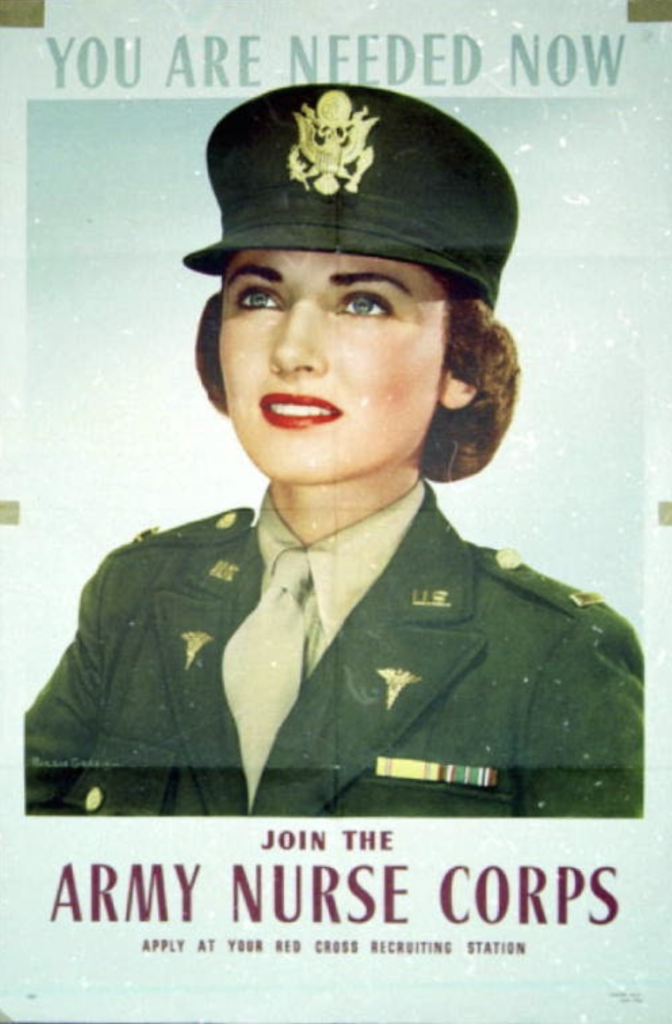
Ruth signed up for service right after the attack on Pearl Harbor in December of 1941 — officially joining the army in January of 1942. As a well trained nurse she was highly regarded in her class at the flight corps. In 1943 she was one of six nurses assigned to the 805 Medical Air Evacuation Squadron and sent to Alaska.
At this point in the War, Japanese forces wanted to take control of the Aleutian Islands off the coast of Alaska. This was a strategic position to control shipping routes and possibly create a base for additional attacks on the lower 48 states. The Axis power invaded with serious manpower including planes, ships, and thousands of soldiers.
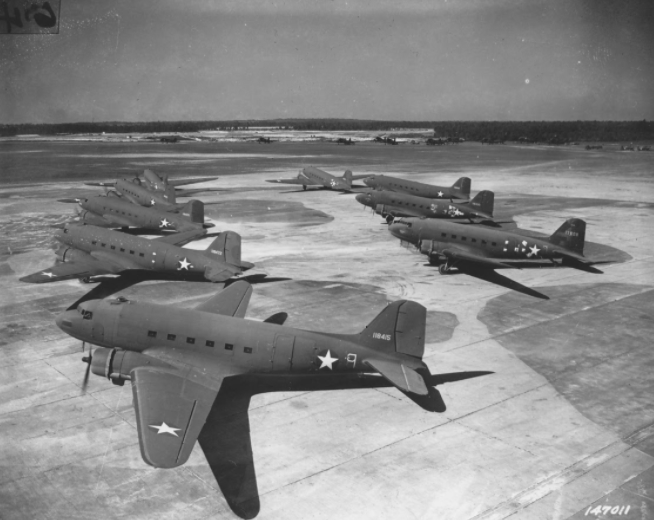
Ruth’s role as a Flight Corps nurse was to attend to wounded American and Canadian soldiers on the long, difficult flights from battleground areas through the Alaskan mountains back to Army hospitals. Patients would have suffered from ailments such as head trauma, altitude sickness, blood loss, and possibly hypothermia — so Ruth would have used her medical training and knowledge of the human body to keep these soldiers alive. She might have improvised in the air, huddling soldiers together to keep them warmer on the uninsulated aircraft as it flew through frigid conditions.
Subscribe to stay in the loop with all our exciting activities!




